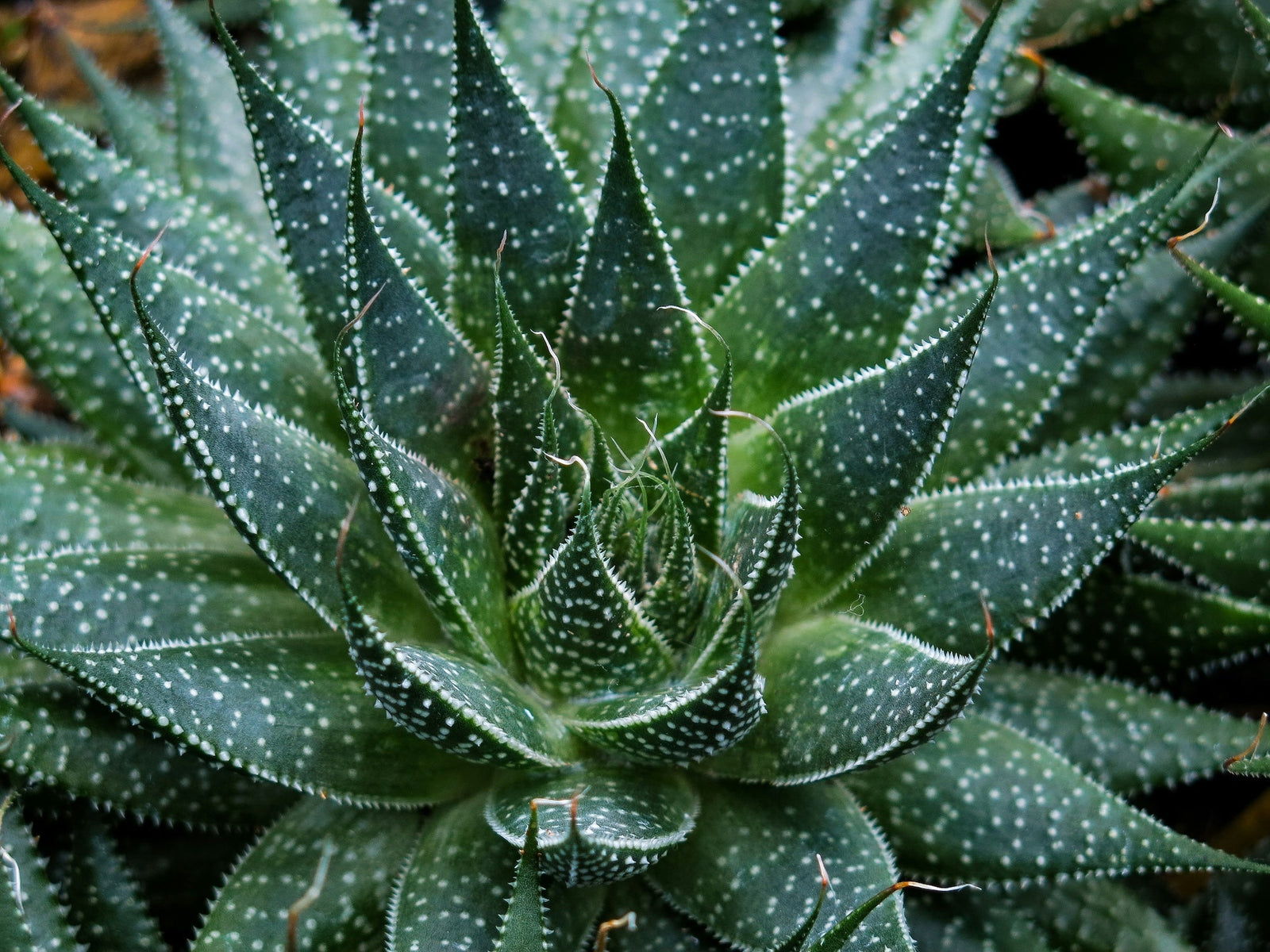
Powdery mildew is a common disease on many types of plants. Although different species of fungi cause the disease on different plants (Erysiphe infects vegetable crops and flowers; Podosphaera species infects apples and stone fruits; Sphaerotheca species infects berries, roses, some vegetable crops, and stone fruits; and Uncinula necator infects grapes), the infections are all characterized by a powdery white to gray fungal growth on leaves, stems and heads.
When there is more rain or humid conditions we see more powdery mildew on our plants. The sudden change from wet or humid conditions to warmer, dry temperatures are perfect conditions for this fungus to grow. Warm temperatures and shady conditions encourage the fungus to grow and spread. However, the spores and mycelium are sensitive to extreme heat and direct sunlight.
Symptoms Powdery mildew usually shows up on leaf and stem surfaces and does not directly affect most vegetable fruits. However, it can affect the flavor of melons and squash and reduce their yield. Woody species such as grapes, fruit trees, roses, crape myrtle, and sycamore are more seriously affected; new growth is often distorted. The young fruit of apples and grapes can also develop rough skin due to powdery mildew.

Life Cycle
All species of powdery mildew fungi require living plant tissue to grow. On perennials, they survive on buds and stem tissue. Certain weeds will also act as hosts through the winter. The optimum temperature for infection is between 68 to 77 degrees F and relative humidity between 40 to 100% is sufficient for the spores to germinate. Low, diffuse light also seems to favor powdery mildew development.
The mildew can spread rapidly since the disease cycle can be completed in as little as 72 hours. However, it commonly takes 7-10 days from the time of infection to the development of symptoms and secondary spore production.
Management
In most cases, good cultural practices will adequately control powdery mildew:
- Select powdery mildew resistant varieties. This is particularly true of roses. For lawns, shade tolerant grasses such as creeping red fescue can be planted.
- Plant in full sunlight in a well-drained area.
- Do not crowd plants. Air flow and ventilation will discourage mildew growth.
- Powdery mildew thrives where high rates of nitrogen have been used. High nitrogen promotes tender leaf formation, causing dense stands that are more susceptible to infections. Adequately fertilize but avoid stimulating succulent growth. Organic fertilizers or slow-release formulations of lawn fertilizers are good choices.
- Prune infected plants to get rid of infected parts and increase airflow. If the infestations are severe, remove and destroy the plants that are infected.
- Disinfect your pruning tool in a bleach solution of one part household bleach to four parts water after each cut.
- Watering plants in the morning gives the plants the rest of the day to dry off, discouraging establishment of diseases, including powdery mildew.
Conventional Sprays
For non-crop applications use a conventional fungicide such as Spectracide® Immunox Multi-Purpose Fungicide
Organic Sprays
Green Light® Lawn & Garden Spray, Monterey® Lawn & Garden Spray, Green Light® Neem Concentrate
Making your own organic solutions
Sulfur is highly effective against powdery mildew if used in a protectant program with a minimum of 7 to 14 days between applications. Garlic naturally contains high levels of sulfur and a few cloves crushed in water can be used to make a homemade spray. Apply a sulfur-based fungicide at first evidence of mildew and repeat applications as necessary. Proper timing of fungicide applications is critical to successful control so make sure to begin at the first sign of the disease.
However, sulfur can be damaging to some squash and melon varieties. Another option is to spray once a week with a solution of baking soda. Baking soda increases the surface pH of the leaf making it unsuitable for the growth of powdery mildew spores. Be sure to spray the undersides of leaves as well as the upper surfaces when using any of these sprays.



